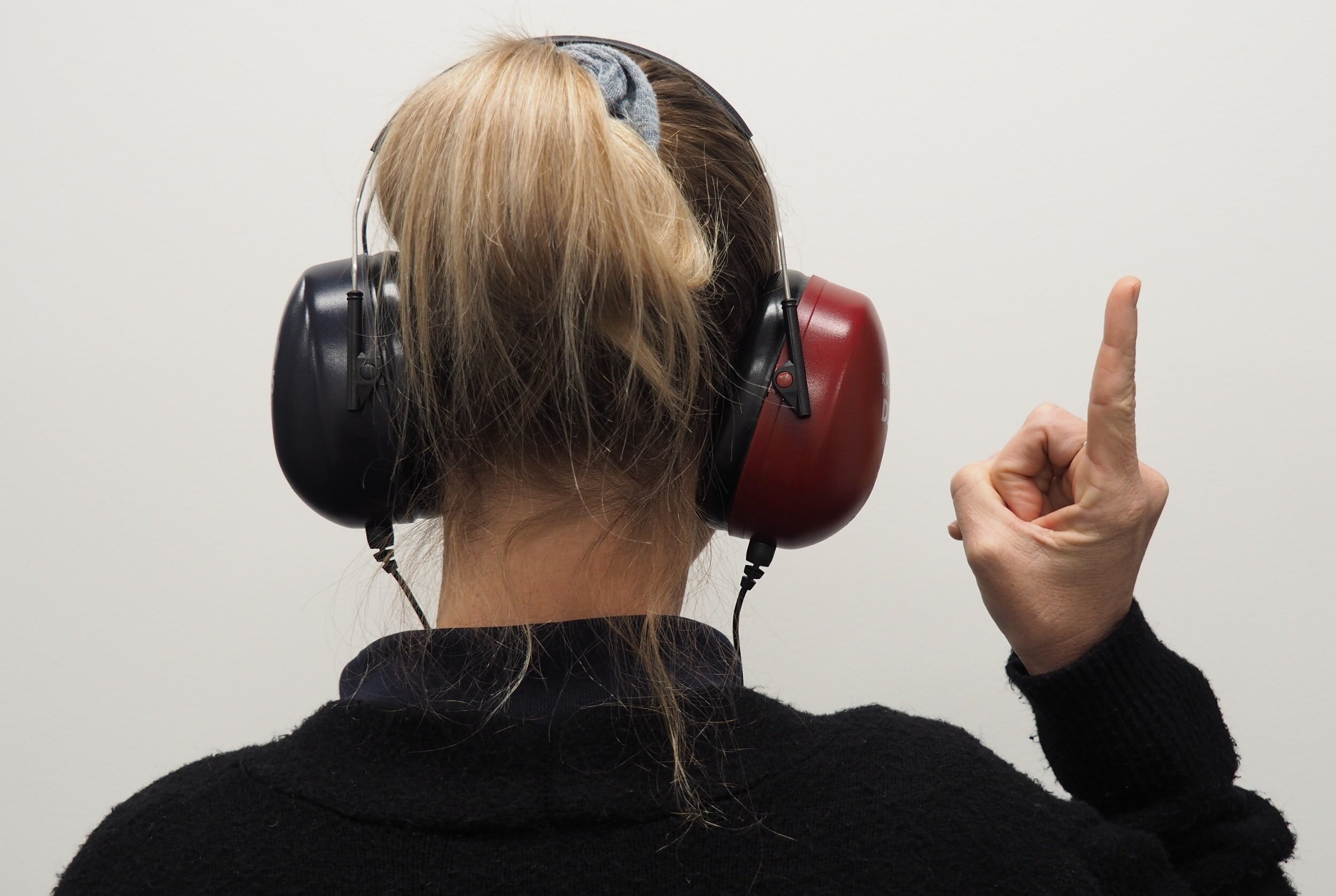
Your brain is always listening…
and we can objectively measure it!
Where are the kids?
The numbers are staggering. But no one seems to notice.
We know that almost 1% of babies born will have hearing loss and the CDC suggests as many as 15% school-aged kids will have either temporary or permanent hearing loss. Conservatively, you can extrapolate the numbers and estimate 3-6% of kids starting school have hearing loss. It’s the job of the schools to find them. It’s called Child Find. The schools have a big responsibility and it’s not only a suggestion - it’s the law.
Federal law guarantees all children with disabilities have access to a free appropriate public education (FAPE). It is also referred to as the Individuals with Disabilities Education Act, or IDEA. This law states that all schools must identify, locate and evaluate any kids who have disabilities.
Looking for and finding these kids are an important step in making sure they receive the intervention they need to live their lives to the fullest potential.
So, why is it we screen hearing in our most vulnerable population using methods from 50+ years ago? Could that be why we’re not finding them? Why don’t we objectively test for auditory processing delays when we can? Could it be our reading scores continue to plummet because we’re not adequately addressing the cause of the problems?
Soundwrx is committed to finding these kids and advocating for appropriate hearing screening methods in the schools. We also believe reading scores will soar when attention and appropriations are spent on the things that can make a difference early.
Join our movement. Click on the image below to find out how well kids in your state hears.
State enrollment and Child Find numbers for 2019-20
Nina Kraus,Ph.D.
Nina Kraus, Ph.D., is a scientist, inventor, and amateur musician who studies the biology of auditory learning. She began her career measuring responses from single auditory neurons and was one of the first to show that the adult nervous system has the potential for reorganization following learning; these insights in basic biology galvanized her to investigate auditory learning in humans.
Of Sound Mind
by Nina Kraus, Ph.D.
How sound leaves a fundamental imprint on who we are.
Making sense of sound is one of the hardest jobs we ask our brains to do. In Of Sound Mind, Nina Kraus examines the partnership of sound and brain, showing for the first time that the processing of sound drives many of the brain's core functions. Our hearing is always on--we can't close our ears the way we close our eyes--and yet we can ignore sounds that are unimportant. We don't just hear; we engage with sounds. Kraus explores what goes on in our brains when we hear a word--or a chord, or a meow, or a screech.
Our hearing brain, Kraus tells us, is vast. It interacts with what we know, with our emotions, with how we think, with our movements, and with our other senses. Auditory neurons make calculations at one-thousandth of a second; hearing is the speediest of our senses. Sound plays an unrecognized role in both healthy and hurting brains. Kraus explores the power of music for healing as well as the destructive power of noise on the nervous system. She traces what happens in the brain when we speak another language, have a language disorder, experience rhythm, listen to birdsong, or suffer a concussion. Kraus shows how our engagement with sound leaves a fundamental imprint on who we are. The sounds of our lives shape our brains, for better and for worse, and help us build the sonic world we live in.

“Somewhere along the way we must learn that there is nothing greater than to do something for others.”
— Martin Luther King Jr.




